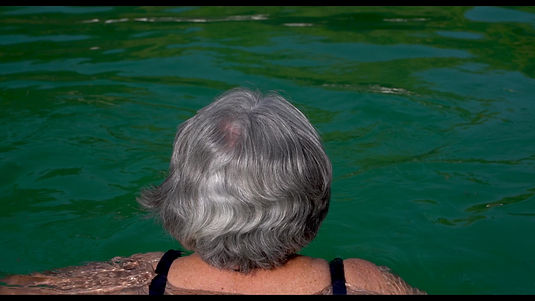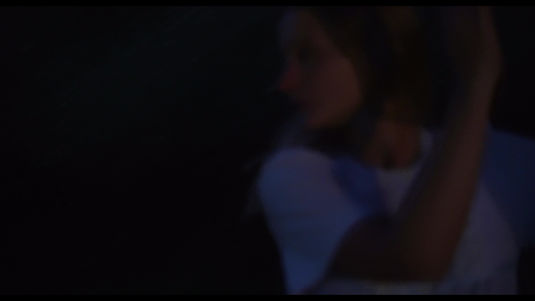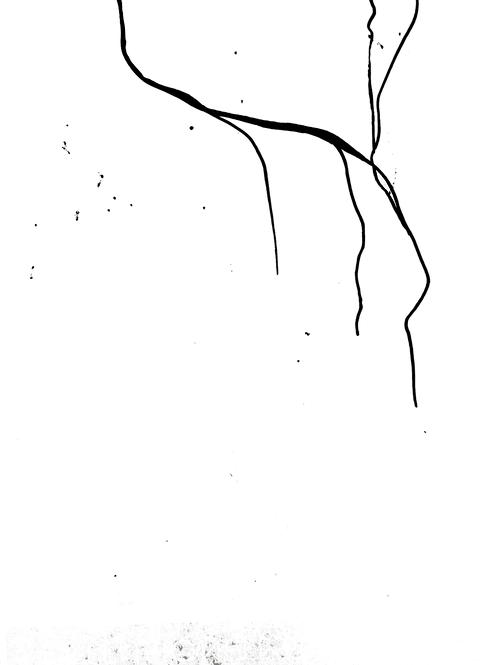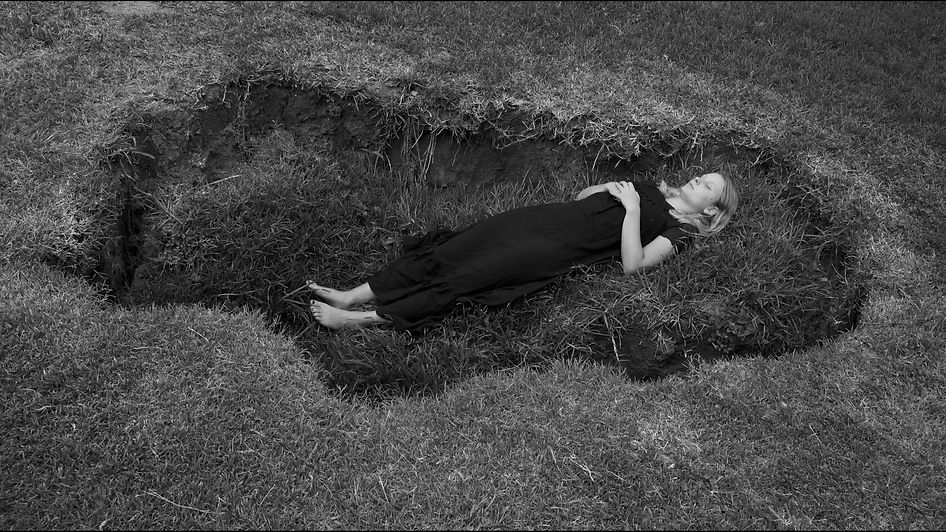
2019-2020
AY ANTONIA


Synopsis
Dreams and memories.
AY ANTONIA tells the story of a young woman who returns to her homeland, a small village in Argentina. The short movie is structured in the form of a nonlinear narrative, it unfolds as an organic flow of dreams and memories recalled by Antonia of defining moments of her life regarding her immediate family and Argentina as a whole.
Directed, Edited, Written and Produced by Antonia Ingrey.



spoken word
Last time I was home, I walked around the house. I walked around and around.
With every step I took, my heart moved.
The house was more beautiful than ever before and I started crying.
My mother found me and I asked her;
why did I had to leave a place that inspires me so?
why can't I see this place as my home?
will I only come back when I am old?
will this garden remember me at all?
will I ever live here? will I forget?
Serene like the house my mother answered me. You are both.
You are both.
You don't have to choose.
You are both.
Everything is your home.
I stopped crying.

There is a black horse back home.
When she gallops you feel the ground rumbles and there is no point in trying to stop her, she is to me an untameable force.
She is one of the most wild and smart horses I ever knew, she is the horse of my mother.


Last time I saw her she her force had completely abandoned her. She was sad.
I talked to my mother and asked her if perhaps her horse needed a child and then I found out that while I was gone she had given birth,
but one of the other horses took the foal from her and as it couldn’t drink the mother’s first milk, it passed away.








symbolic questions
What is a mother ?
What is a mother without child ?
How does one become one's own mother ?

Before the project even began I took the time to immerse myself in the world of Tarkovsky. As his work is to me a way to remember who I am and my dreams, therefore I chose him as my guide for this journey and probably more to come.
According to Tarkovsky, film can be a completely distinctive art medium that works exclusively with images and aural elements, the filmic elements are not subordinate to a story but to a poetic logic, film is not a product to be consumed but a dialogue of imagination between movie and audience.
0. Who is my hero
in this field and why?
“I find poetic links, the logic of poetry in cinema, extraordinary pleasing. They seem to me perfectly appropriate to the potential of cinema as the most truthful and poetic of art forms. Certainly I am more at home with them than with traditional theatrical writing which link images through the linear rigidly logical development of the plot”.
1. How does he do it?
Cinema is an autonomous art, that doesn’t follow the rules of
other art forms such as theater.
The purpose of film is to incarnate the reality of life, as person sees it and feels it. Therefore, scenarios shouldn't merely respond to a plot or reproduce the conditions and characters of an event, one must always take into account the psychological aspect of your own inner state when this memory took place or imagination. This concept made me feel confident that I had to follow my feelings before anything else, that images and situations expressed feelings rather than ideas.


Cinema follows the aesthetics and structure of dreams, memories and associations.
This helped me understanding that through film one expresses impressions on life and feelings rather than realistic realized events. Therefore in every step of movie making on must attempt to follow his or hers imagination in the most faithful way,
in this manner, questions such as “how did this image come to me?”, “how do I remember this image/scene?”, “ which association does this event or character bring me?”, “ what feelings does my imagination bring me?”, guided me throughout the whole process.
Cinema is threaded by poetic reasoning, not linear sequently storytelling.
Tarkovsky believes that an artist is capable of going beyond coherent logic when using poetic connection as links between images, through these enhancing feelings rather than linear stories. This view moved me profoundly as I was always fascinated by the idea that an audience shouldn’t be underestimated. I believe that an audience’s imagination should be taken into account so that they can build the separate parts into a whole. This confirmed my mission as an artist, to create spiritual treasures which is subject to poetry, poetry as a way of relating to reality and as the language between an art form and its audience.
Revelation of interior world as a form of narration in cinema.
(Scenes can look static but feel inwardly charged with energy.)
“Invisible on the surface of events but making itself felt like a rumbling beneath the ground.” this concept reinforced my deep interest for cinematic transitions, and made me feel determined to follow my fascination for this sensation of “ something is about to happen” or “the moment between two missions” and even considered them as the main event rather than merely transitions between great events, in this way reveling the inner world of the main character.

2. Why did I come here and what do I need to tell?
I started reflecting on what images and stories had been in me since I was a kid. Through this I decided this movie was going to be for my younger self and she became my main source. I started to recollect early memories and images, beginning to suspect that those images would become the basis of my story for the movie. Simultaneously, I went over the idea of leaving my country,and felt that I needed to heal the wound of parting Argentina.
I wanted to tell that story, the spiritual journey of leaving “home”, the sacrifice that “growing” conveys and therefore started writing some poems.
These two parallel thoughts would later become a script. In addition, I defined a list of my favorite themes-aspects of art and life; a hero’s journey, self transformation (catharsis), exposing an interior world, dreams, movement (as dance), short stories, synchronization, mythology, the energy of spaces such as houses, rituals, symbolic interpretation, physiology and (my main source) active imagination. I also remembered that I always wanted to work with my family for a performance or movie.
I realized that somehow Latin-American magic realism follows the same rules and themes as my imagination, and for this reason I researched the matter. Along the research, I recognized that Latin American magic realism uses the tension of opposites as a main theme and this sparked me. Duality, such as masculinity and femininity, interior and external world, is my favorite from narration.
3. Storytelling - which are my favorite ways of telling stories and what theme do these kind of stories explore?
(literary tools)









4. Active imagination.
Active imagination is a method I learned in courses of compared religions and psychology in Argentina, in which one takes memories and dreams, continuing them into a meditative state in order to analyze ones unconsciousness. At this point of my processes I included this practice, allowing me to unveil images in the form of a story. This form of working, drawing images as they appear in a big piece of paper, was my favorite part of the process. This paper became my visual script.

